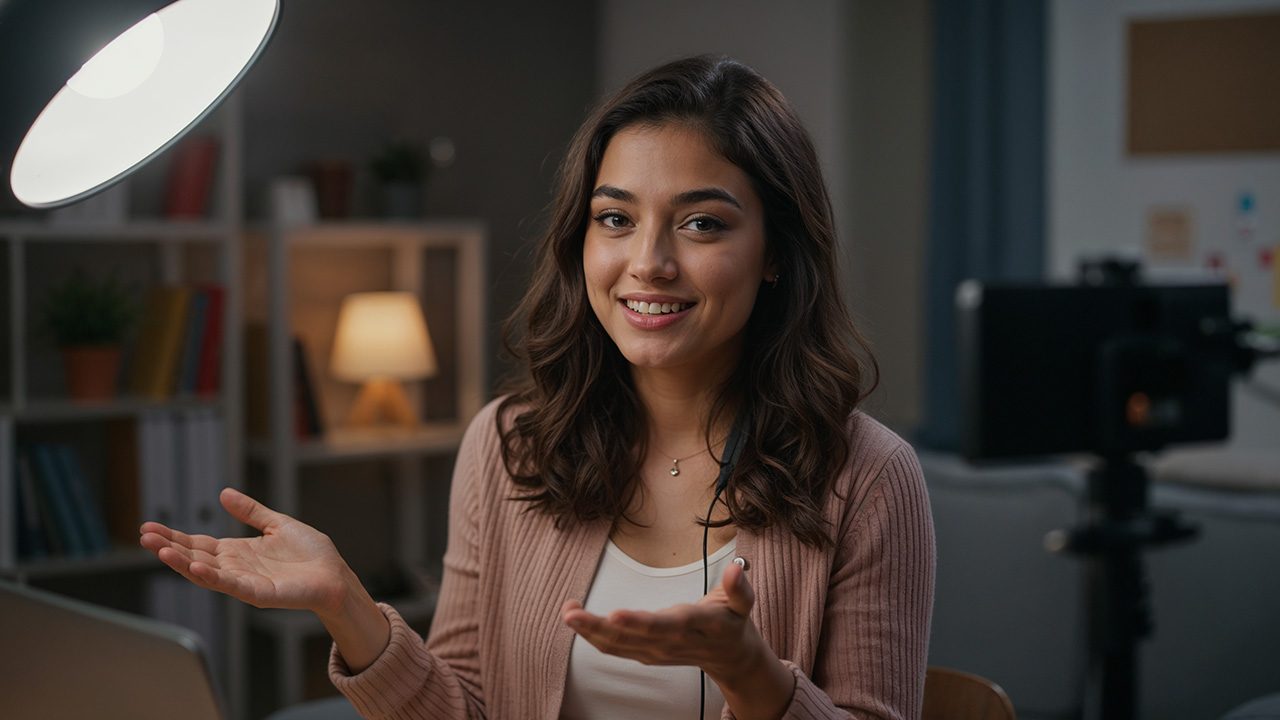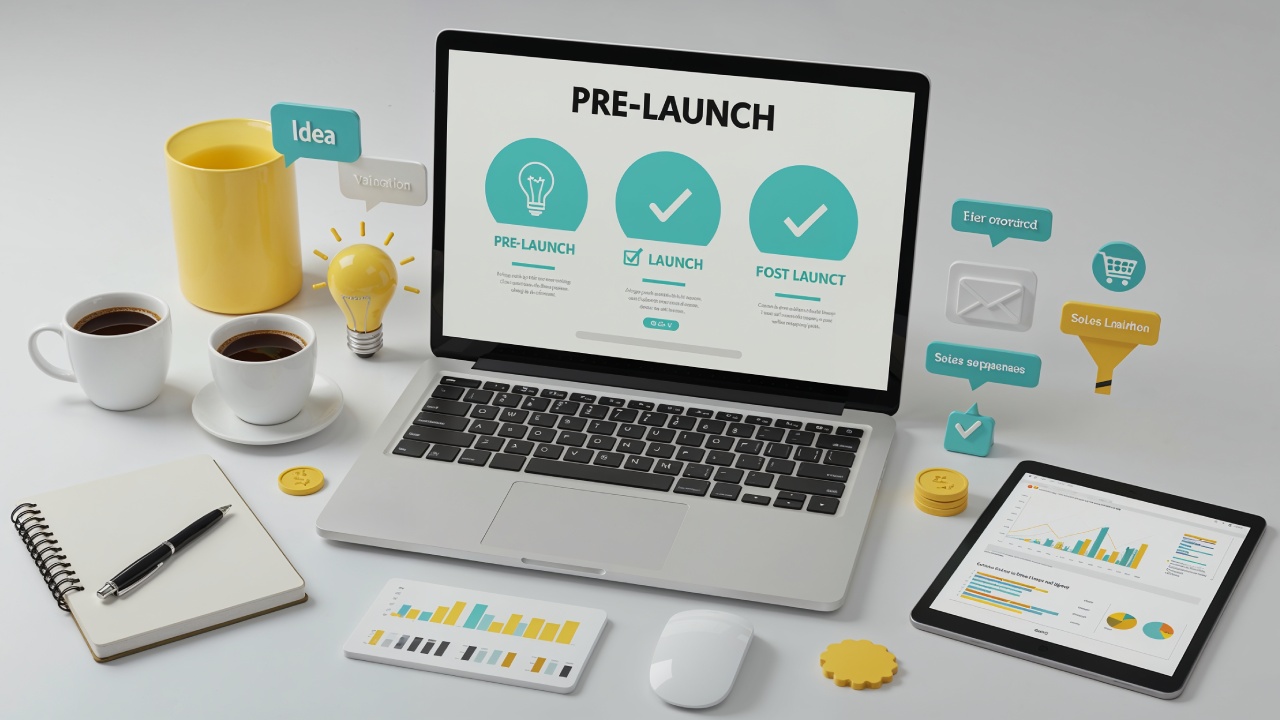Contents
Many individuals find themselves grappling with camera shyness, which can hinder their ability to present engaging video content. Fortunately, you can conquer your self-doubt and boost your confidence with the right techniques and mindset. This guide will provide you with effective strategies to help you feel at ease in front of the camera, enabling you to create compelling videos that resonate with your audience. Let’s explore how you can transform your anxiety into assurance on screen and finally learn to Overcome Camera Shyness.
Understanding Camera Shyness
Your comfort in front of the camera plays a significant role in how you express yourself. Camera shyness often stems from various factors, influencing your ability to communicate effectively. By recognizing and addressing these issues, you can begin to develop the confidence needed to shine on screen.
Factors Contributing to Camera Shyness
One of the main reasons for feeling camera shy can include anxiety about being judged or making mistakes while recording. Other factors may involve lack of experience or technical knowledge about the filming process. This can create an overwhelming feeling that prevents you from performing naturally. Consider these contributing elements:
Understanding how to Overcome Camera Shyness is essential for anyone looking to improve their video presence.
- Fear of judgment from viewers
- Previous negative experiences on camera
- Lack of familiarity with video equipment
- High personal expectations for performance
Perceiving the camera as an intimidating presence can exacerbate your shyness, making it important to confront these feelings head-on.
The Impact of Camera Shyness on Content Creation
Impact can be seen in the way camera shyness affects your overall content creation process. When you struggle to express yourself on camera, it may hinder your ability to connect with your audience effectively. This lack of connection can lead to lower engagement and reduced sharing of your content.
Contributing to this cycle, feelings of inadequacy can stifle your creativity and limit your willingness to put yourself out there. This often results in missed opportunities to share valuable insights or stories that could resonate with your target audience. By acknowledging and addressing your camera shyness, you open up the possibility for genuine connection and impactful content.
Preparing for Your Video
If you want to overcome camera shyness, preparation is key. Take the time to understand the content you wish to present and practice thoroughly. This foundation will help build your confidence and allow you to connect better with your audience.
How to Choose the Right Setting
You should select a setting that reflects your message and is free from distractions. Consider both the physical space and background noise. A well-lit, organized environment will not only make you feel more comfortable but also make a positive impression on your viewers.
Tips for Script and Content Planning
Clearly outline your main ideas to create a coherent flow in your video. This can help minimize anxiety while recording. Here are some tips:
- Craft a concise script to keep your message focused.
- Practice speaking it out loud to enhance familiarity.
- Write bullet points to guide your flow.
- Incorporate engaging elements such as anecdotes or questions.
Knowing how to structure your script will allow you to deliver your content with ease and confidence.
Video content planning is an important step in the preparation process. Create a list of key points you want to cover and ensure they align with your audience’s interests. Make your script as engaging as possible with these strategies:
- Include stories or examples to create relatability.
- Use varied tones to maintain viewer interest.
- Incorporate prompts to encourage viewer interaction.
- Practice delivering your points naturally.
Knowing how to effectively plan and present your content is fundamental to overcoming camera shyness.
Building Confidence Before Recording
It’s crucial to take time to build your confidence before hitting the record button. Embrace a positive mindset and prepare yourself mentally for the task ahead. Practicing self-affirmation and setting achievable goals can significantly enhance your self-esteem. Establish a comfortable atmosphere, whether in a cozy corner of your home or an inspiring outdoor location, to help you feel at ease. Starting off right will help you present your authentic self while creating videos that resonate with viewers.
Visualization Techniques
Building on the concept of mental preparation, visualization techniques can significantly augment your confidence. Picture yourself in front of the camera, speaking clearly and engagingly, while receiving positive reactions from your audience. Visualizing a successful recording can activate your brain’s performance centers, setting you up for a powerful experience when recording. This mental rehearsal will help diminish anxiety and prime you for a polished delivery, making you feel more in control and ready to shine.
Practice and Rehearsal Strategies
Clearly, consistent practice and rehearsal can greatly enhance your comfort level before recording. By familiarizing yourself with the material, you’ll be able to deliver your content with confidence and naturally engage with your audience. Rehearse your speech multiple times, both in front of a mirror and with a test audience, to gain valuable feedback.
To maximize the effectiveness of your practice, allocate specific times for rehearsal and treat them as appointments. Utilize tools like teleprompters or cue cards to help keep your flow while minimizing anxiety about losing your place. Additionally, try recording yourself during practice sessions to review your performance critically. This reflection will help identify areas for improvement, ultimately leading to a more polished and confident final video. The key is to transform practice into a routine that builds familiarity and confidence, allowing your authentic self to shine through in every recording.
Techniques for Managing Nervousness
Not acknowledging your nervousness can be counterproductive. Embrace these feelings and use them to fuel your performance. To dive deeper into strategies that help you conquer camera shyness and create impactful videos, check out this resource.
Breathing Exercises
One effective way to calm your nerves before stepping in front of the camera is through controlled breathing exercises. Take a few minutes to practice deep breathing: inhale deeply through your nose, hold for a few seconds, and exhale slowly through your mouth. This simple technique can help you center your thoughts and reduce anxiety.
Body Language and Posture Tips
Nervousness can manifest in your body language, impacting how confident you appear on camera. Focus on maintaining a strong posture and open body language to exude confidence. Here are some tips:
- Stand tall with shoulders back.
- Use hand gestures to emphasize points.
- Make eye contact with the lens.
- Smile naturally to engage your audience.
Thou will find that combining these techniques boosts your confidence and minimizes your nervousness.
Tips for improving your body language are necessary for crafting an engaging presence on camera. It’s about shifting your mindset and understanding how you physically present yourself. Consider the following:
- Practice in front of a mirror to observe your movements.
- Record yourself and analyze your posture and gestures.
- Seek feedback from trusted peers to refine your delivery.
Thou can transform your nervous energy into a powerful on-screen persona with the right approach.
Recording Your Video
To create a video that resonates with your viewers, it’s necessary to embrace the recording process with enthusiasm and preparedness. Start by visualizing the end result: a polished video that reflects your personality and message. Embrace the opportunity to express yourself, and approach each recording session with a positive mindset, knowing that practice makes perfect. Your confidence will shine through, transforming the way you connect with your audience.
Setting Up the Camera and Space
Little adjustments in your recording environment can significantly enhance the quality of your video. Choose a quiet space with good lighting and a clean background to minimize distractions. Position your camera at eye level to create a more engaging perspective, and ensure that you are well-framed within the shot. With the right setup, you’ll feel more at ease and confident while recording.
Engaging with Your Audience
Now, as you record, it’s vital to establish a connection with your audience. Engaging with viewers not only keeps their interest but also builds a sense of community around your content. Speak directly to the camera as if you’re having a conversation, using a friendly tone. Incorporate questions, invite comments, and respond or acknowledge any feedback to foster a relationship with your audience. This interactive approach will make your videos feel more personal and relatable.
Video content thrives on engagement, so consider incorporating storytelling techniques and personal anecdotes to captivate your viewers. Use open body language and facial expressions to convey enthusiasm and sincerity. Remember to maintain eye contact with the camera, as this creates a direct link with your audience. By actively engaging with your viewers, you become more than just a content creator; you become a valued member of your community.
Post-Recording Analysis
For effective improvement in your video creation skills, conducting a post-recording analysis is crucial. This phase allows you to identify areas for enhancement and build confidence for your future recordings. By reflecting on your performances, you can pinpoint aspects to refine. Take a more in-depth look at How to Be Confident on Camera.
Reviewing Your Footage Critically
Clearly evaluate your footage with a critical eye to recognize both strengths and weaknesses. Observe your delivery, body language, and vocal tone. Focus on how engaging you appear on screen and assess whether you convey your message effectively. This candid review will equip you with valuable insights for your next shoot.
Learning from Each Experience
Footage doesn’t just reflect your current capabilities; it provides a foundation for growth. Each recording session offers a unique opportunity to learn, helping you pinpoint specific areas to focus on. Consider how comfortable you felt, the pacing of your speech, and your connection with the audience. With every video you create, you’ll develop valuable skills and improve your confidence on camera.
With a proactive approach to analyzing your footage, you can turn constructive feedback into actionable strategies. Think about addressing any recurring issues, like nervous gestures or filler words, for a more polished performance. Incorporating these insights will not only elevate the quality of your videos but also enhance your overall confidence in front of the camera.
Final Words
On the whole, overcoming camera shyness requires practice, preparation, and a positive mindset. By familiarizing yourself with the camera and creating a comfortable environment, you can significantly boost your confidence. Embrace your unique personality and focus on delivering authentic content that resonates with your audience. Utilize techniques like rehearsing in front of a mirror or starting with shorter videos to build your comfort level. With persistence and dedication, you will find yourself becoming more at ease in front of the camera, ultimately creating videos that reflect your true self.
FAQ
Q: What are some effective techniques to reduce anxiety before filming a video?
A: To reduce anxiety before filming, consider implementing breathing exercises or mindfulness techniques. Take a few moments to practice deep breathing, inhaling deeply through your nose and exhaling slowly through your mouth. You can also visualize a positive outcome, imagining yourself speaking confidently and connecting with your audience. Additionally, rehearsing your content multiple times can help you feel more prepared and less anxious. Setting up a comfortable filming environment also helps; ensure that your space is quiet and free from distractions.
Q: How can I improve my on-camera presence and charisma?
A: Improving on-camera presence involves practice and self-awareness. Begin by filming short clips of yourself speaking on various topics, and review them to identify areas of improvement. Pay attention to your body language, facial expressions, and tone of voice. Engaging with your audience is key; try to imagine that you are speaking to a friend rather than a camera. Smiling and maintaining good eye contact, even with the lens, can help convey warmth and confidence. Don’t hesitate to experiment with your delivery style, combining enthusiasm and authenticity to enhance your charisma.
Q: What steps can I take to build long-term confidence in creating videos?
A: Building long-term confidence in video creation comes with practice and gradual exposure. Start by setting small, achievable goals such as filming short videos or collaborating with others. Consistency is important; try to create content regularly, even if it’s just for practice. Seek constructive feedback from trusted friends or online communities to gain insights into your strengths and areas for growth. Over time, you will become more comfortable with the process, which will naturally boost your confidence. Additionally, studying successful creators can provide inspiration and help you learn what works well on camera.








